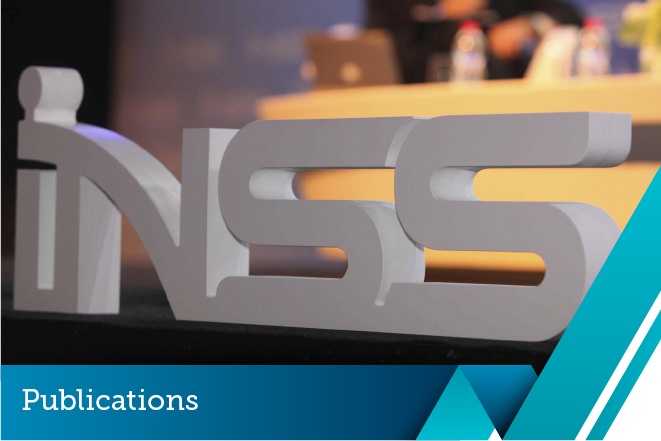Publications
in Negotiating in Times of Conflict, eds. Gilead Sher and Anat Kurz, Tel Aviv: Institute for National Security Studies, 2015

Never monolithic, the Palestinian national movement has always comprised a large array of competing organizations and factions. During the second intifada, the rivalry between the two most prominent Palestinian movements, which began in the early days of the first intifada, culminated in a full-fledged split. The mainstream, secular-oriented Fatah, which reached the helm of the Palestine Liberation Organization (PLO) in the late 1960s and has led the Palestinian Authority (PA) since its formation in 1994 under the Oslo Accord, has been pitted against Hamas, which in the late 1980s grew out of the Palestinian branch of the Muslim Brotherhood. This rivalry evolved into a division of the Palestinian political arena into two authorities: the Fatah-led PA that rules in the West Bank, and Hamas that controls the Gaza Strip. It has also meant the evolution of the Israeli-Palestinian dispute into a three-party conflict.
The opinions expressed in INSS publications are the authors’ alone.
Publication Series Chapters


